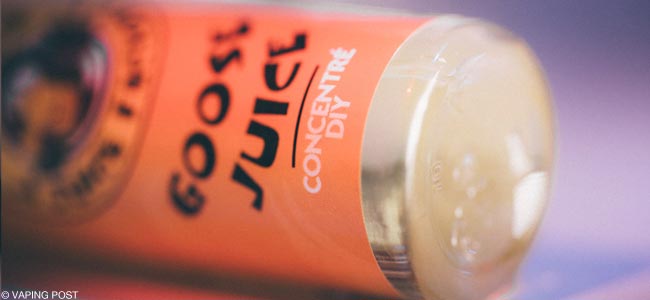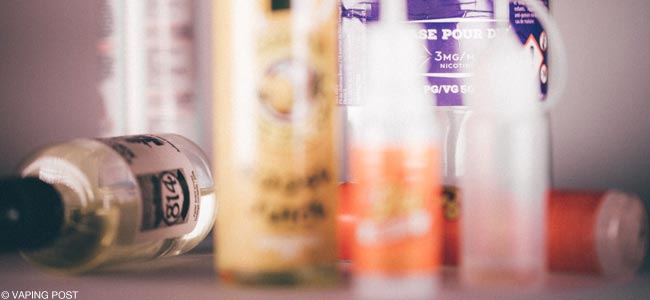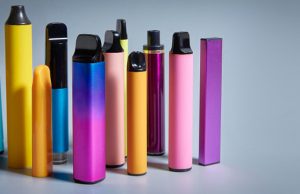Some precautionary rules

In theory, handling liquids with nicotine requires you to wear protection (gloves, goggles, etc.), but, in practice, very few people do so. At the doses contained commercially available compounds, the risk of a serious accident is relative for adults handling these products, but this does not rule out risks for other family members, particularly children. Always keep your DIY equipment under lock and key, in places that are inaccessible for little ones. Wear protective gear for more safety.
The flavours used in e-cigarette e-liquids represent a significant area of modern scientific research. Due to thermal degradation, the aromas contained in e-liquids can, under certain conditions and depending on their natures, produce aldehydes. As such, the lower the flavour content of a liquid, the lower its theoretical risk profile will be. If you make DIY liquids using flavour concentrates, we can only advise you to minimise the added flavour in your mixtures as much as possible. Your tastebuds are highly sensitive, there is no need to saturate them. DIY liquids can offer a very good means to improve the quality of your vaping by minimising added flavours in e-liquids.
Industrial e-liquids can contain additives or taste enhancers. As a precautionary measure, we recommend that you simplify the composition of your e-liquids as much as possible and avoid them.
In the case of PG/VG bases, the current trend is for e-liquids with a high vegetable glycerin concentration as VG produces more vapour. However, VG inhibits flavours and is considerably less fluid than PG, which implies slower wick hydration by capillarity. So, if choosing bases with high VG concentrations, make sure that your atomizer or clearomizer provides the wick with a good source of e-liquid, in order to avoid dry hits, even partial, which can cause higher than normal aldehyde production. As vegetable glycerin does not carry the flavours in vapour as well as PG, you might tend to increase the flavour percentage in bases with a high VG concentration.
Make sure to purchase your different compounds in reputable specialist stores. Remember that e-cigarettes offer smokers a means to reduce their risks, but the vapour itself is not completely free from toxic compounds. How you vape, your gear, and in this case, your e-liquid, have a major influence on your general vaping quality. It is preferable to increase the nicotine content rather than to vape more.















